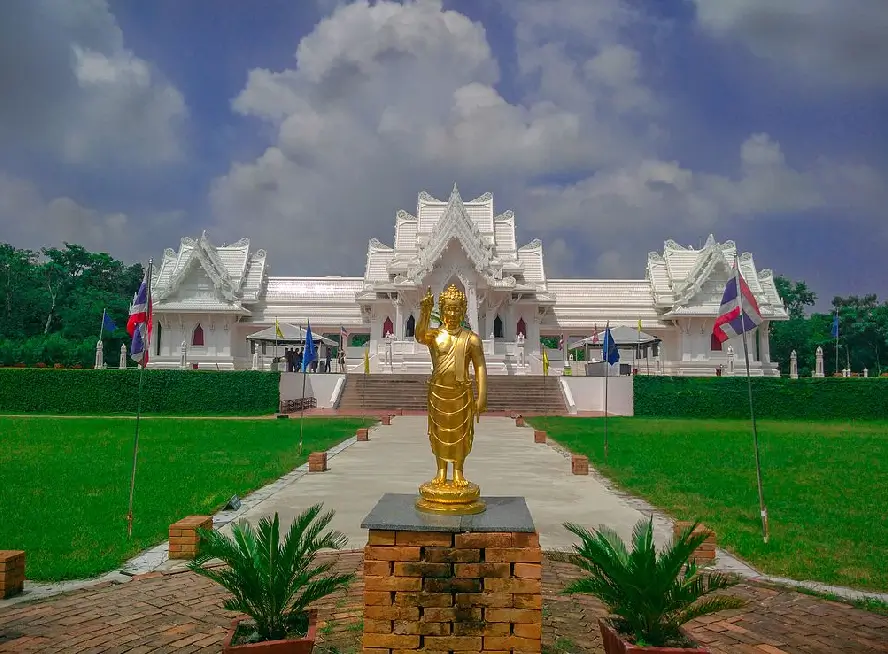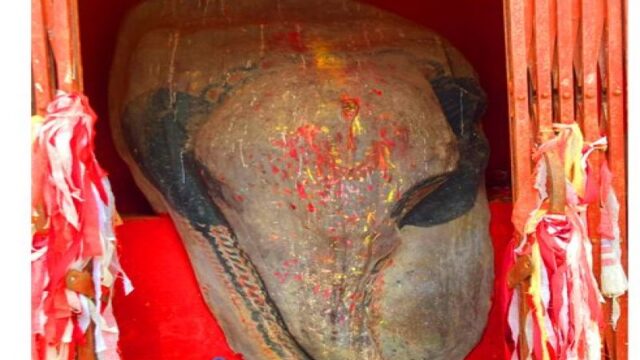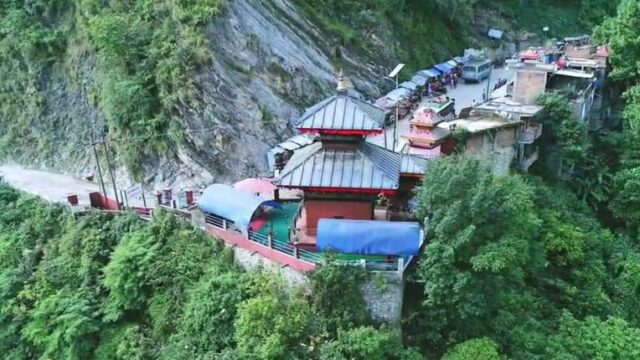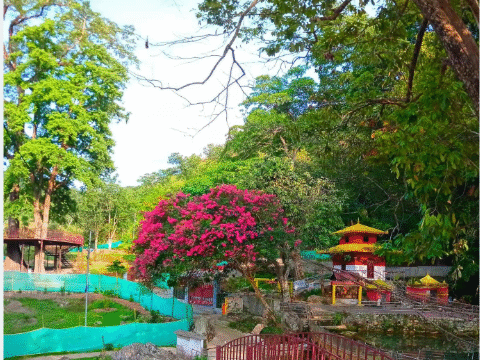Lumbini, located in the Rupandehi District of Nepal, is one of the most revered pilgrimage sites in the world. It holds immense historical, cultural, and spiritual importance as the birthplace of Lord Buddha, the founder of Buddhism. Recognized as a UNESCO World Heritage Site in 1997, Lumbini attracts millions of visitors, including pilgrims, scholars, and tourists from around the globe, who come to witness the sacred site and its surrounding areas.
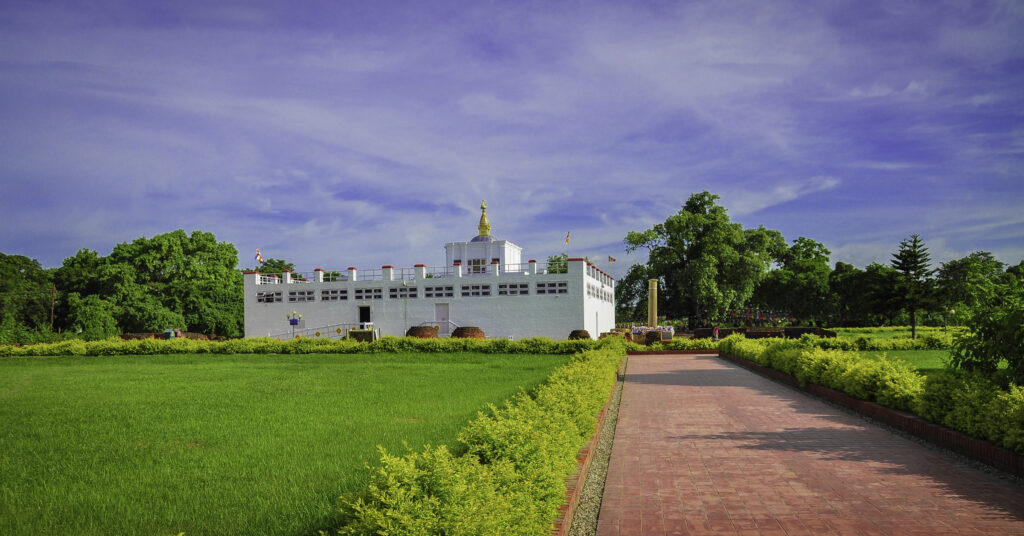
Historical and Cultural Importance
Lumbini’s significance is deeply rooted in the history of Buddhism. According to ancient texts and archaeological findings, Lord Buddha was born in Lumbini in 623 BCE. It is said that Queen Maya Devi, the mother of Buddha, gave birth to him while holding onto a tree in the Lumbini Garden. This moment is commemorated by the Maya Devi Temple, which stands as the central structure of the Lumbini complex.
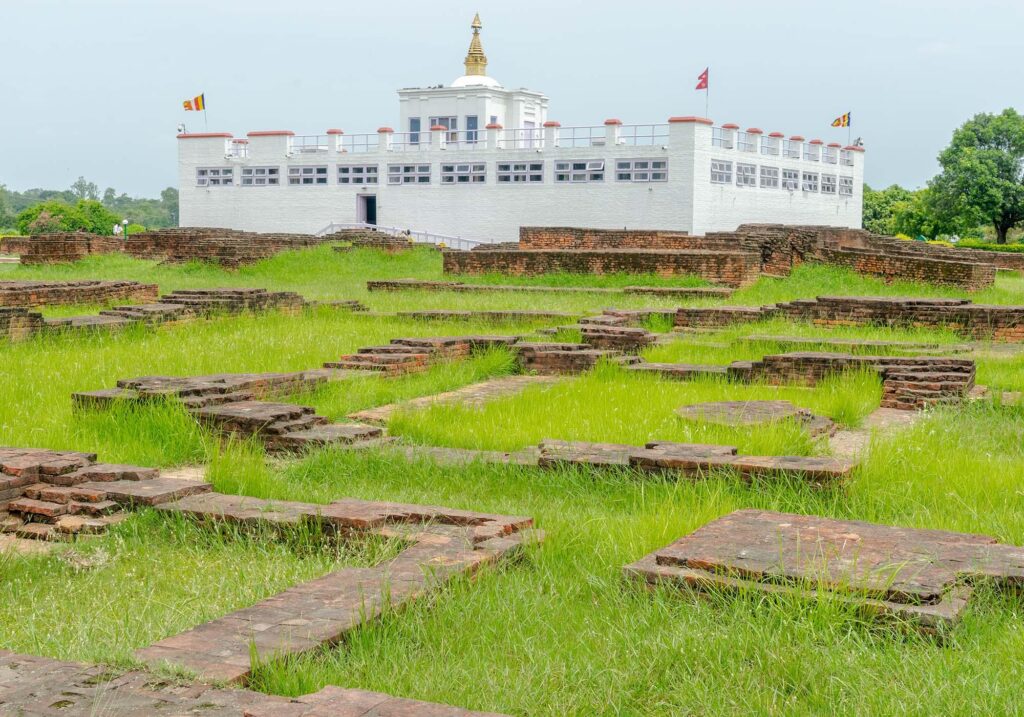
The temple is built near the precise location where Buddha is believed to have been born, marked by a stone marker called the Ashoka Pillar. Emperor Ashoka, who was a devout follower of Buddhism, visited Lumbini in 249 BCE and erected this pillar as a symbol of his reverence for the sacred site. This historical connection between Lumbini and Emperor Ashoka adds to its cultural importance, as it reflects the spread of Buddhism across Asia.

Tourism Infrastructure and Attractions
Lumbini is not just a place of religious importance but also a hub of tourism. Over the years, the government of Nepal and international organizations have made significant investments to enhance the infrastructure and accessibility of the area. The Lumbini Development Trust, established in 1978, has been instrumental in preserving the heritage of the site and promoting it as a tourist destination.
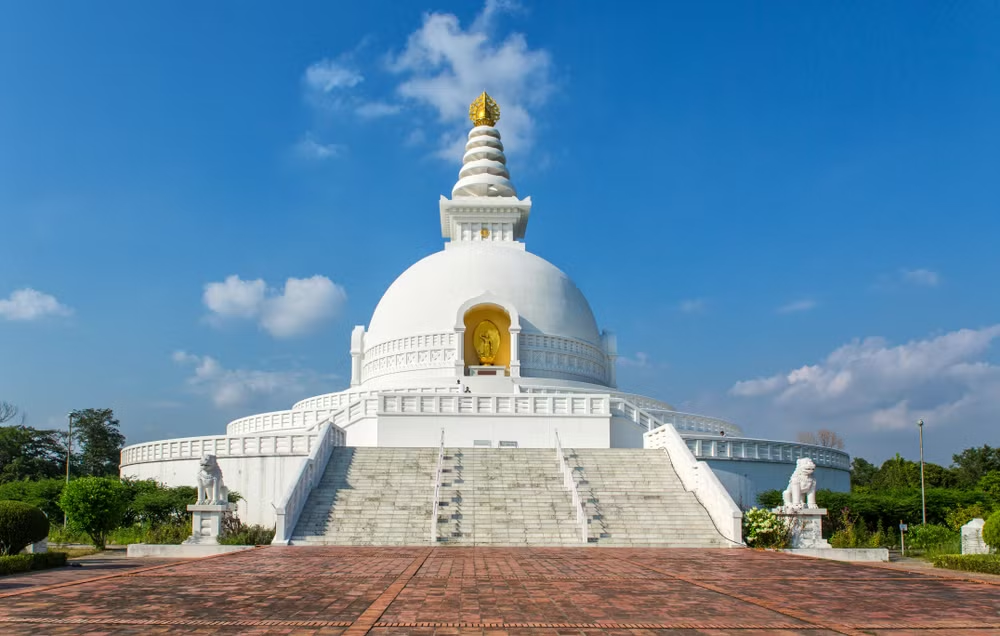
The Lumbini Garden, which spans over 8 square kilometers, is one of the major attractions, featuring serene landscapes and several sacred sites. Visitors can explore monasteries and temples built by different Buddhist countries, such as the Japanese Peace Pagoda, the Thai Monastery, and the Chinese Monastery, each reflecting the architectural styles and cultural traditions of their respective countries. Another key site is the Puskarini Pond, also known as the Holy Pond, where Queen Maya Devi is believed to have bathed before giving birth to Lord Buddha. This sacred pond is an important stop for pilgrims, who often perform rituals and prayers here.
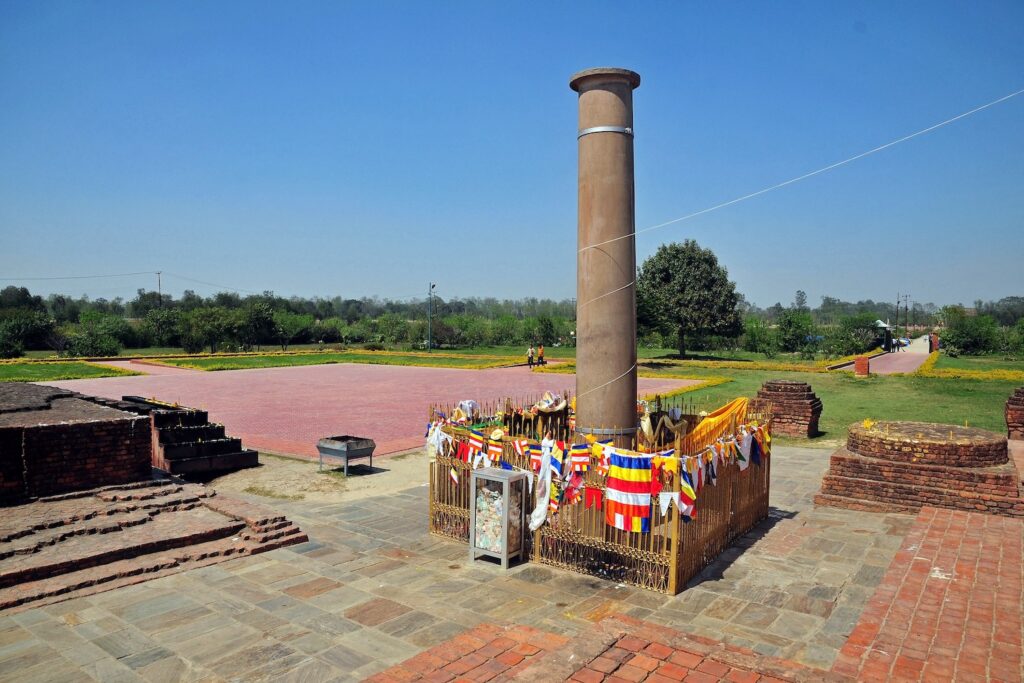
Lumbini also offers a unique opportunity for spiritual and meditative practices. The area around the Maya Devi Temple is perfect for those seeking a peaceful environment to meditate and reflect on the teachings of Lord Buddha. The site’s tranquility, combined with its historical significance, provides a deep sense of spiritual fulfillment for visitors.
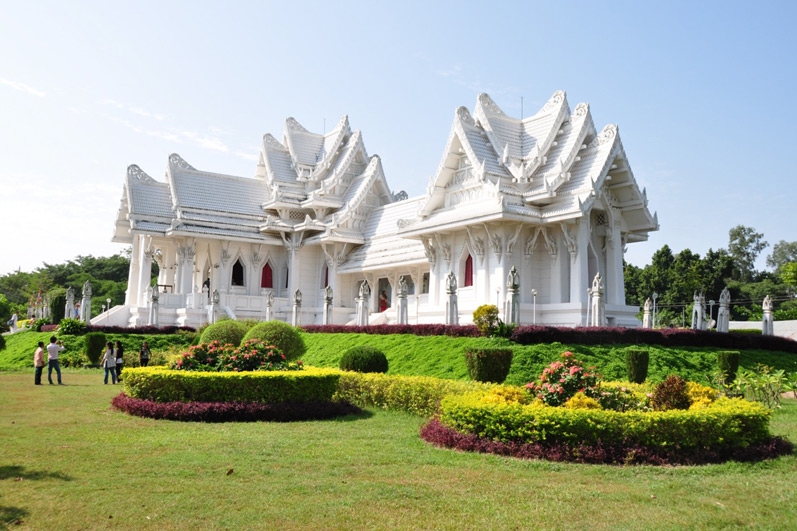
Sustainable Tourism and Future Prospects
As tourism in Lumbini grows, there is an increasing focus on sustainable tourism practices to preserve the environment and cultural heritage. The development of eco-friendly hotels, guesthouses, and transport options is becoming a priority, ensuring that visitors can experience the beauty of Lumbini while minimizing their ecological impact.
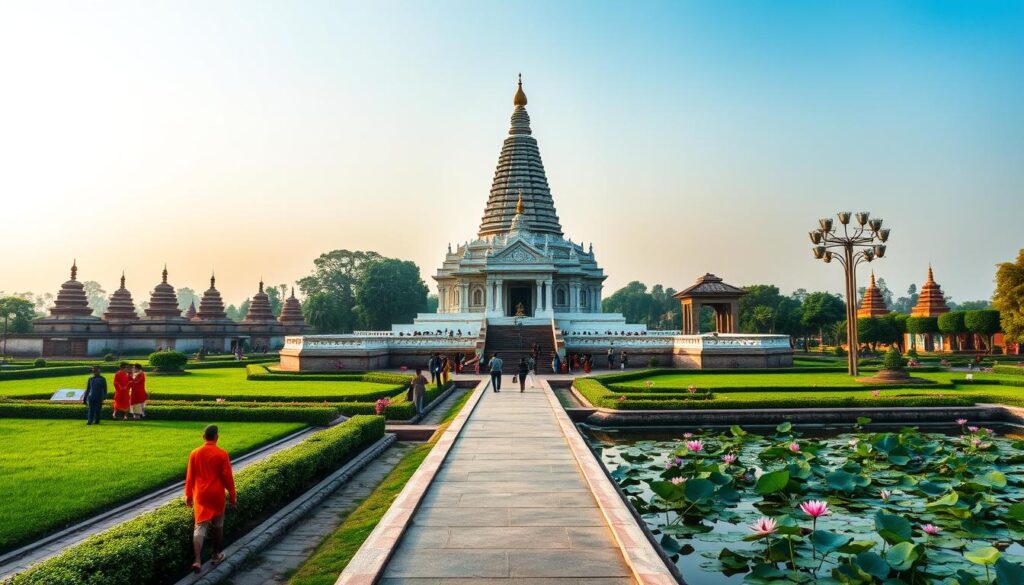
The Nepal government, in collaboration with international agencies, has been working to improve infrastructure, including better road networks, accommodations, and services for tourists. However, there remains a need for continued efforts to improve facilities for visitors and make the site more accessible to international tourists.

The potential for Lumbini to become a global center of Buddhist tourism is immense. The ongoing development of the Lumbini International Airport is expected to enhance accessibility, making it easier for visitors to reach this sacred site. In addition, the growing interest in spiritual tourism and pilgrimage routes is likely to increase the number of visitors in the coming years, further boosting Lumbini’s tourism sector.
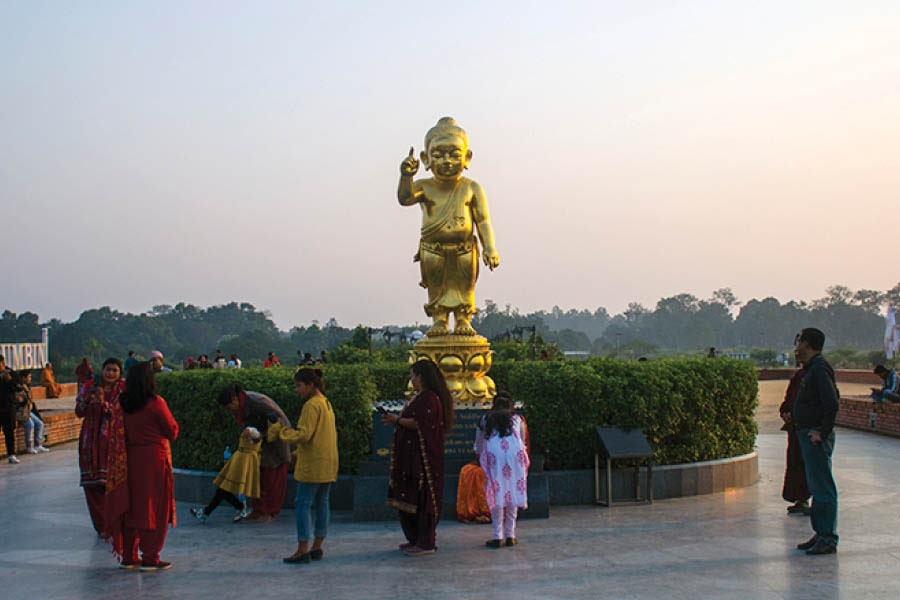
Lumbini is more than just a tourist destination; it is a symbol of peace, spiritual awakening, and the universal values taught by Lord Buddha. Its cultural, historical, and religious significance makes it an essential part of Nepal’s tourism industry. As Lumbini continues to grow as a global pilgrimage site, it offers a unique opportunity for tourists to connect with the teachings of Buddhism while experiencing the rich cultural heritage of Nepal. With its peaceful environment, historical landmarks, and the commitment to sustainable tourism, Lumbini will continue to attract people from all corners of the world seeking spiritual solace and a deeper understanding of Buddhism’s teachings.
